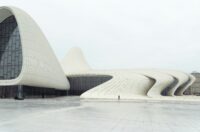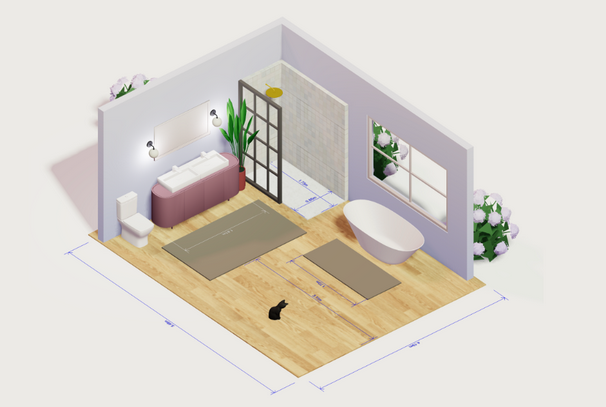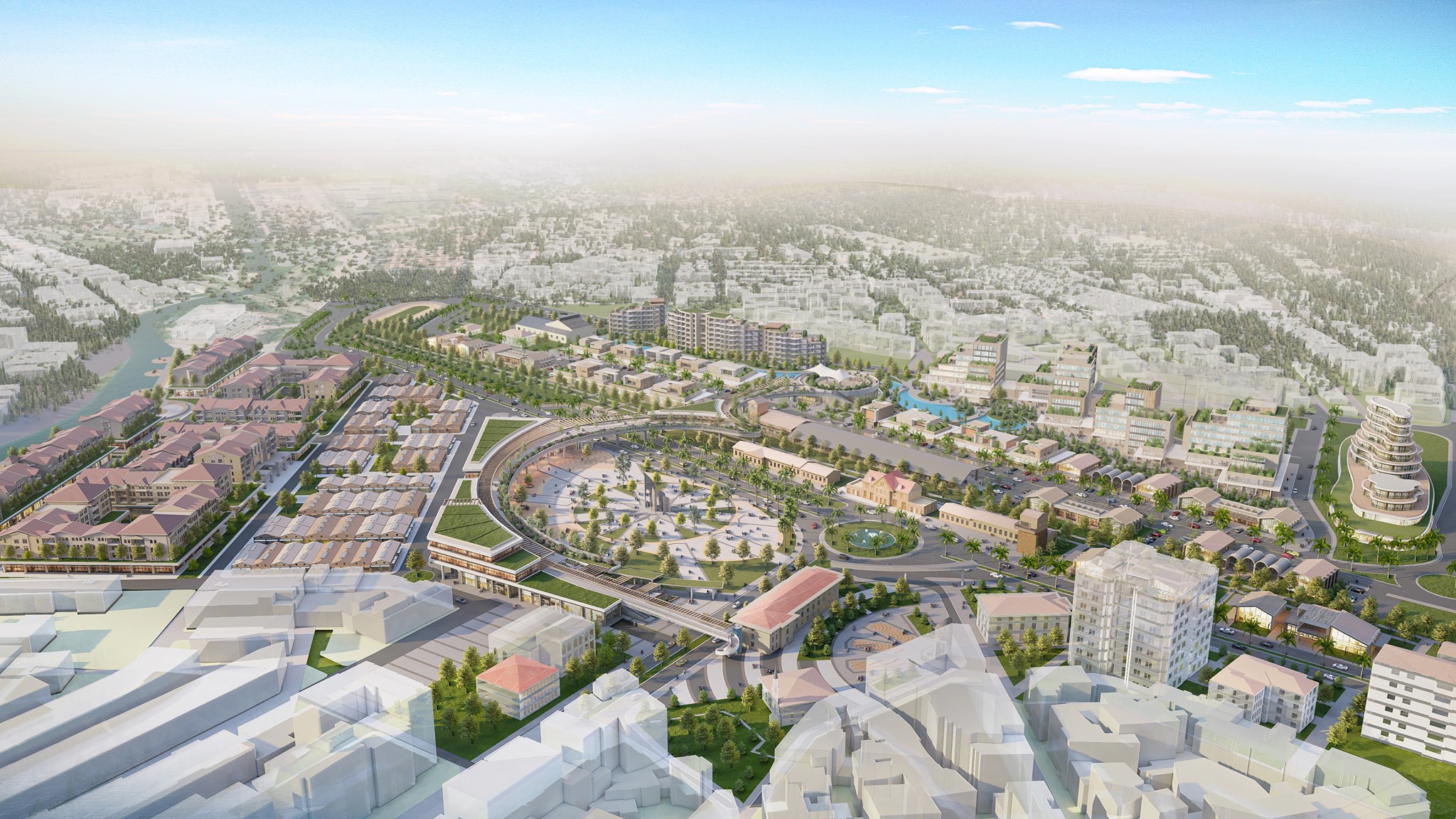- Home
- Articles
- Architectural Portfolio
- Architectral Presentation
- Inspirational Stories
- Architecture News
- Visualization
- BIM Industry
- Facade Design
- Parametric Design
- Career
- Landscape Architecture
- Construction
- Artificial Intelligence
- Sketching
- Design Softwares
- Diagrams
- Writing
- Architectural Tips
- Sustainability
- Courses
- Concept
- Technology
- History & Heritage
- Future of Architecture
- Guides & How-To
- Art & Culture
- Projects
- Interior Design
- Competitions
- Jobs
- Store
- Tools
- More
- Home
- Articles
- Architectural Portfolio
- Architectral Presentation
- Inspirational Stories
- Architecture News
- Visualization
- BIM Industry
- Facade Design
- Parametric Design
- Career
- Landscape Architecture
- Construction
- Artificial Intelligence
- Sketching
- Design Softwares
- Diagrams
- Writing
- Architectural Tips
- Sustainability
- Courses
- Concept
- Technology
- History & Heritage
- Future of Architecture
- Guides & How-To
- Art & Culture
- Projects
- Interior Design
- Competitions
- Jobs
- Store
- Tools
- More
Archicad vs SketchUp: Which Design Software is Right for Your Projects?
Discover the key differences between Archicad and SketchUp in this detailed comparison. From Archicad's advanced BIM capabilities and collaborative tools to SketchUp's intuitive modeling and plugin flexibility, explore which software best suits your architectural design needs, whether you're tackling large-scale professional projects or small, creative endeavors.

When it comes to architectural design software, we’re often faced with the challenge of choosing the right tool for our projects. Two popular options, Archicad and SketchUp, have earned their place in the industry, but they cater to different needs and workflows. Whether we’re designing complex buildings or creating quick 3D models, understanding the strengths of each can make all the difference.
Both Archicad and SketchUp offer unique features that appeal to architects, designers, and builders alike. While one excels in detailed BIM (Building Information Modeling) capabilities, the other shines with its intuitive modeling and ease of use. So how do we decide which software best fits our design goals? By diving into their core differences, we can uncover which tool aligns with our creative vision and project demands. Let’s explore what sets these two apart and how they can elevate our architectural workflow.

Table of Contents
ToggleOverview Of Archicad And Sketchup
Archicad and SketchUp are widely-used design tools in architecture and construction. Both software programs excel in specific areas, offering distinct features for different project needs.

Key Features Of Archicad
Archicad is a comprehensive Building Information Modeling (BIM) software. It supports collaborative workflows, enabling teams to work on the same project simultaneously. Advanced 3D modeling capabilities allow the creation of highly detailed architectural designs. Integrated documentation tools streamline the process of generating construction drawings directly from models. Compatibility with open BIM standards ensures smoother integration with other platforms. Built-in analysis tools, like energy performance evaluation, help optimize design sustainability.
Key Features Of Sketchup
SketchUp offers intuitive 3D modeling, ideal for quick conceptual designs. Its drag-and-drop interface simplifies the creation of models without extensive learning curves. A robust 3D Warehouse provides access to pre-made components like furniture or building elements. The software emphasizes flexibility, with plugins for rendering, analysis, and advanced design functions. Compatibility with multiple file formats supports seamless transitions between SketchUp and other programs. Visual communication tools, including walkthrough animations, make presenting designs engaging.
User Interface Comparison
Archicad and SketchUp offer distinct user interfaces that reflect their intended purposes. Archicad leans toward professional, detailed workflows, while SketchUp prioritizes simplicity and intuitive operations.

Learning Curve
Archicad’s interface can appear complex initially due to its professional-grade BIM tools and extensive functionalities. Navigating through its menus, toolbars, and settings often requires training or prior knowledge of architectural processes. For example, understanding parametric objects or navigating multiple project views may take time for beginners.
SketchUp provides an accessible learning curve for users with minimal experience. Its drag-and-drop functionality, straightforward toolbar, and iconic “push/pull” tool streamline 3D modeling. Beginners can start modeling almost immediately without extensive tutorials, making it ideal for quick conceptualization tasks.
Customization Options
Archicad enables deeper interface customization to align with professional workflows. Users can modify toolbars, set keyboard shortcuts, and adjust templates to suit specific project needs. For advanced teams, it supports creating custom objects and libraries, enhancing project consistency.
SketchUp relies on plugins and extensions for interface customization. With access to the Extension Warehouse, users can install tools like rendering engines or parametric modeling addons. While less configurable natively, its lightweight design ensures fast plugin integration for tailored functionality.
Design And Modeling Capabilities
Archicad and SketchUp both excel in design and modeling, but their tools and workflows cater to different user needs. Understanding their design capabilities helps in identifying the right fit for architectural projects.

2D And 3D Design Tools
Archicad offers advanced 2D drafting and 3D BIM modeling to create detailed project designs. It enables architects to integrate both dimensions seamlessly, such as producing floor plans alongside highly detailed 3D models. Features like parametric objects, automated document generation, and complex surface modeling enhance precision and efficiency.
SketchUp emphasizes 3D modeling with an intuitive drag-and-drop interface. Though capable of basic 2D drafting, its primary focus revolves around flexible, creative 3D designs. The 3D Warehouse provides access to a vast library of pre-designed components like furniture and textures, allowing rapid model building for conceptual designs and visualization.
Collaboration And Workflow Efficiency
Archicad supports robust collaboration through its Teamwork feature, enabling simultaneous work by multiple team members on a shared project file. Its integration with BIMcloud enhances real-time coordination, even on large-scale projects, and ensures consistency across all design elements. Built-in tools for clash detection and project versioning further streamline workflows.
SketchUp promotes collaboration through cloud-based tools like Trimble Connect, which allows project sharing and teamwork. However, it’s less comprehensive in managing multi-user workflows. The reliance on plugins for additional functionality can limit streamlined collaboration compared to Archicad’s built-in systems. Despite this, SketchUp’s lightweight nature simplifies smaller team collaborations or individual projects.
Performance And System Requirements
Performance varies significantly between Archicad and SketchUp due to their differing focus on BIM and 3D modeling. Understanding the system requirements for each ensures a smoother workflow.

Hardware Compatibility
Archicad requires higher hardware specifications due to its BIM capabilities. Recommended configurations include a multi-core processor with at least 16 GB of RAM and a dedicated GPU with 4 GB VRAM for optimal performance on large projects. This is necessary to handle complex models and real-time collaboration features.
SketchUp runs efficiently on less powerful hardware. It performs well with a quad-core processor, 8 GB of RAM, and a graphics card with at least 1 GB VRAM. For lightweight handling of 3D models, this makes it accessible for users with budget systems.
Software Updates And Stability
Archicad receives consistent updates, focusing on enhancing BIM workflows and introducing advanced modeling tools. These updates typically improve performance but might require users to upgrade hardware to meet higher demands.
SketchUp prioritizes user-friendliness in updates, adding features for ease of use and expanding plugin capabilities. Its lightweight architecture contributes to stable performance, even on older systems,but relies heavily on third-party plugins to access advanced functionality.
Pricing And Licensing
Pricing models for Archicad and SketchUp differ significantly, catering to distinct user needs. Understanding these plans helps in assessing the overall value each software provides.

Subscription Plans
Archicad employs a subscription-based model alongside perpetual licenses. Its yearly subscription starts at approximately $2,800, while perpetual licenses cost around $7,000. Educational licenses are offered for free to students and educators, enhancing accessibility for academic users.
SketchUp offers multiple tiers, including SketchUp Free, which is browser-based, and SketchUp Pro, costing $299 annually. A Studio plan, priced at $699 per year, adds advanced features like V-Ray and Trimble Connect integrations. This tiered structure broadens the software’s reach, accommodating both casual users and professionals.
Value For Money
Archicad provides exceptional value for projects requiring comprehensive BIM features and robust documentation tools. Its higher price reflects the range of capabilities, collaborative options, and integrated workflows it offers.
SketchUp delivers great flexibility at a lower cost, making it suitable for freelance architects or smaller firms. Its extension ecosystem enhances functionality affordably, though advanced features may require investing in plugins or premium plans. For those prioritizing simplicity and cost-effectiveness, SketchUp stands out.
Use Cases And Target Audience
Archicad and SketchUp cater to different professional needs and audiences. Understanding their strengths helps define the ideal users for each tool.

Best For Architects
Archicad best serves architects working on large-scale, detailed projects. Its robust BIM capabilities streamline complex workflows, making it ideal for developing construction documents, structural details, and parametric designs. Features like automated documentation, energy analysis, and Teamwork collaboration enable architects to manage multi-disciplinary projects efficiently. For firms focused on comprehensive architectural design, Archicad provides the tools to handle everything from initial concepts to final construction.
Best For Designers And Hobbyists
SketchUp appeals to designers and hobbyists seeking intuitive, flexible modeling. Its easy-to-navigate interface supports quick drafts, conceptual models, and visualizations. Access to the 3D Warehouse allows users to integrate pre-designed components, reducing modeling time. Designers working on small-scale interiors, event staging, or landscaping benefit from SketchUp’s simplicity and range of plugins, while hobbyists appreciate its free tier for personal projects. Its affordability further caters to individuals and small design studios.
Conclusion
Archicad and SketchUp cater to distinct needs within the design and architectural fields. Archicad’s advanced BIM capabilities, collaborative workflows, and robust tools for large-scale, detailed projects make it the preferred choice for professional architects managing complex tasks. SketchUp’s user-friendly interface, streamlined 3D modeling, and affordability appeal to designers, hobbyists, and professionals seeking a lightweight and flexible solution.
The decision between Archicad and SketchUp depends on project scale, workflow complexity, and budget considerations. For architects prioritizing comprehensive tools and sustainability analysis, Archicad offers unmatched functionality. For those focused on intuitive design processes with quick modeling capabilities, SketchUp delivers simplicity and accessibility. Both software platforms excel in their domains, equipping users with the tools needed to bring their ideas to life.
- 3D design software options
- 3D modeling software comparison
- and 3D modeling for architecture
- Archicad design features
- Archicad pricing
- Archicad software advantages
- Archicad software features
- Archicad vs SketchUp
- Archicad vs SketchUp for projects
- Archicad vs SketchUp reviews
- Architectural Design Tools
- best design software 2023
- best design software for architects
- BIM software comparison
- compare design software
- design software for architecture
- SketchUp alternatives
- SketchUp for Architects
- SketchUp for beginners
- SketchUp Tutorials
- SketchUp user reviews
- SketchUp vs Archicad capabilities
Submit your architectural projects
Follow these steps for submission your project. Submission FormLatest Posts
Best Architectural Software for Students in 2025
In 2025, digital tools aren’t just convenient — they’re essential to learning,...
Beginner’s Guide to Arcadium 3D: Your First Room Design in 5 Easy Steps
Designing a room used to mean wrestling with tape measures, mood boards,...
Architectural Design Software Tools for Student Design
Many architecture students want fast ways to explore ideas. Some of them...
Lumion 2024.3: It’s Time to Enhance Urban Visualization
With 5x faster video rendering, a remarkable improvement in material quality, and...












Leave a comment